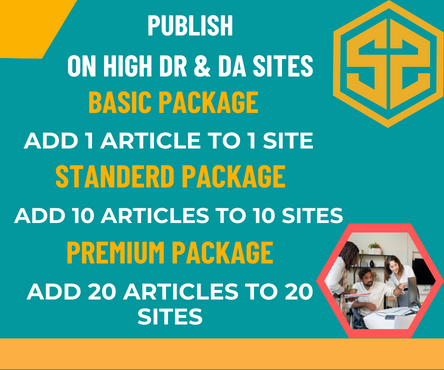In today’s competitive property market, a visually appealing real estate website is no longer enough. To truly attract buyers, sellers, and investors, your website must also be optimized for search engines. SEO-driven real estate web design combines aesthetics with strategy, ensuring your site ranks higher, loads faster, and converts visitors into clients.
Why SEO Matters for Real Estate Websites
The majority of homebuyers begin their property search online. If your website doesn’t appear on the first page of search results, chances are you’ll lose potential leads to competitors. SEO helps your site:
- Rank for location-specific keywords like “homes for sale in [city]”
- Drive targeted traffic from motivated buyers and sellers
- Build credibility through higher search visibility
Key Elements of SEO-Driven Real Estate Web Design
1. Mobile-Friendly Design
With most searches happening on smartphones, responsive web design is essential. A mobile-optimized site not only improves user experience but also boosts rankings in Google’s mobile-first index.
2. Location-Based SEO
Real estate is inherently local. Optimize pages with neighborhood keywords, geo-targeted landing pages, and Google Maps integration to attract clients searching in specific areas.
3. Fast Loading Speed
Slow websites lose visitors quickly. Compress images, use efficient hosting, and streamline code to ensure your site loads within three seconds.
4. Optimized Property Listings
Each property listing should be optimized with descriptive titles, keyword-rich content, and schema markup for search engines. High-quality images and virtual tours improve engagement and dwell time.
5. User-Friendly Navigation
Intuitive navigation helps visitors find properties easily. Features like advanced search filters (price, location, property type) improve usability and lead conversions.
6. Local Content Marketing
Publishing blog posts, neighborhood guides, and market updates not only boosts SEO but also positions you as a local real estate authority.
7. Clear Calls-to-Action (CTAs)
CTAs like “Schedule a Viewing” or “Get a Free Home Valuation” should be strategically placed to convert visitors into leads.
Benefits of SEO-Driven Real Estate Websites
- Higher organic traffic from qualified leads
- Better user experience that keeps visitors engaged
- Increased conversions through optimized design and CTAs
- Stronger brand authority in your target market
Final Thoughts
An SEO-driven real estate web design does more than look good—it works strategically to attract the right clients. By blending user-friendly design with SEO best practices, realtors can rise above competitors, generate consistent leads, and build lasting relationships with clients.
